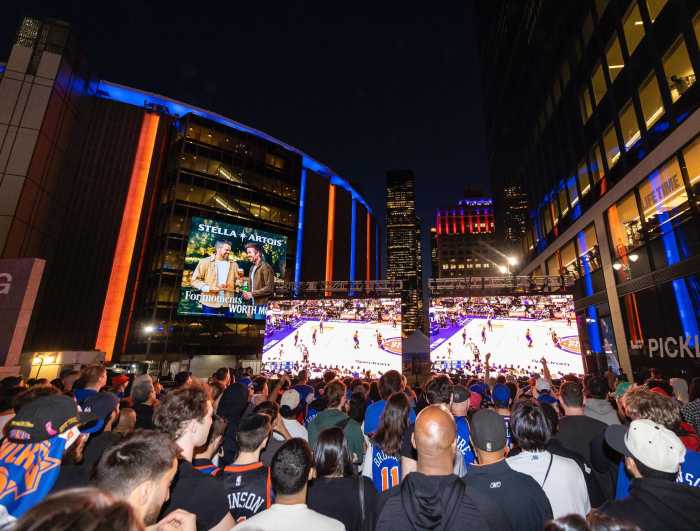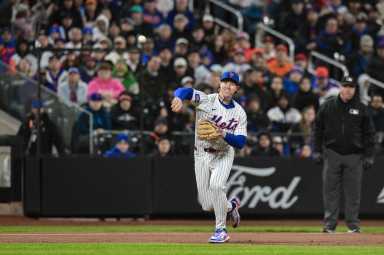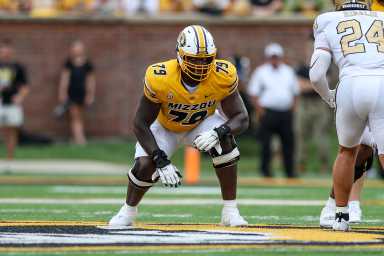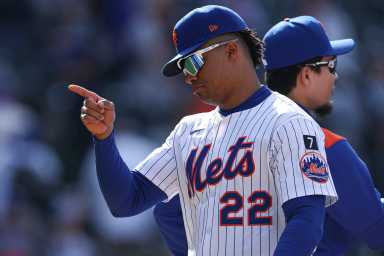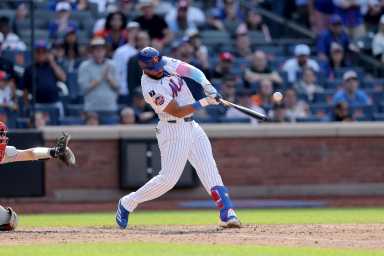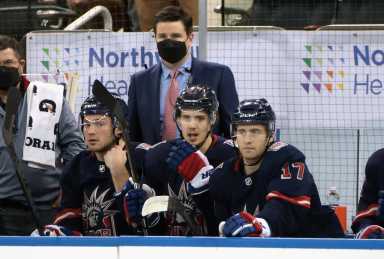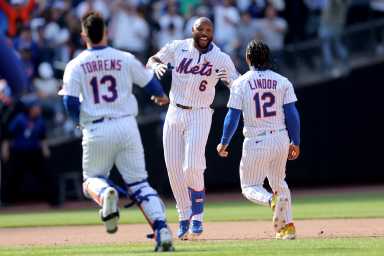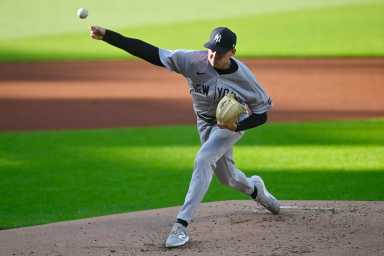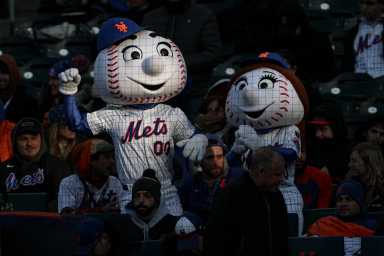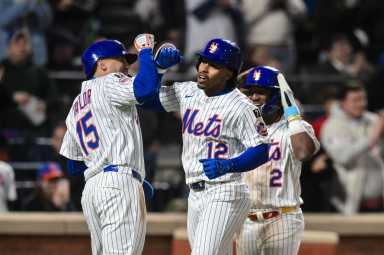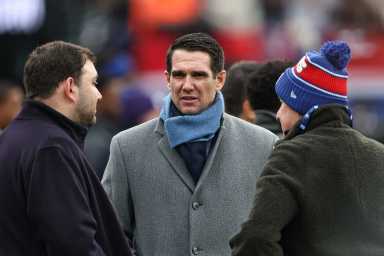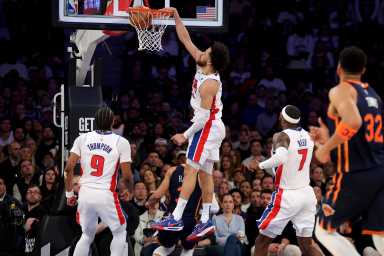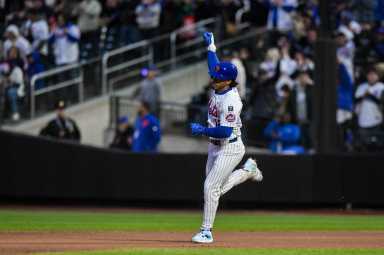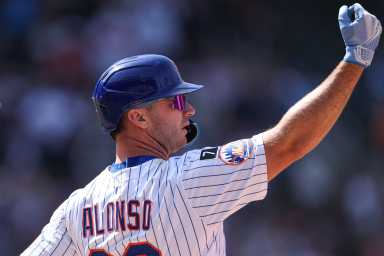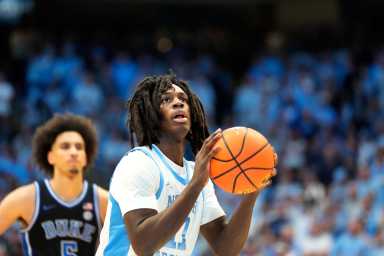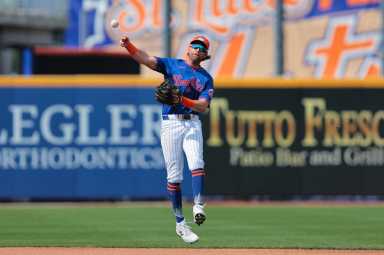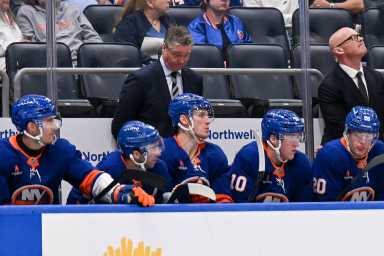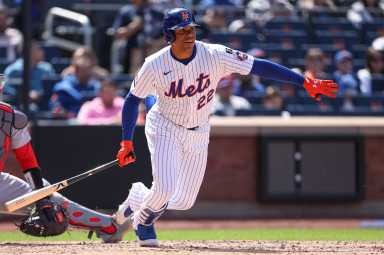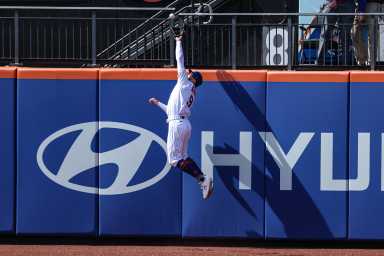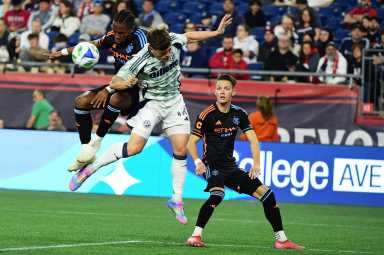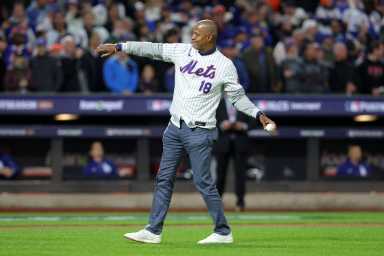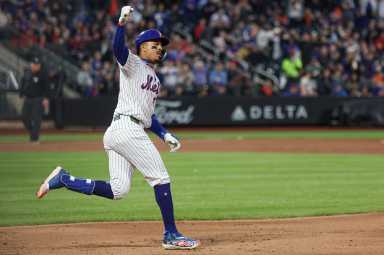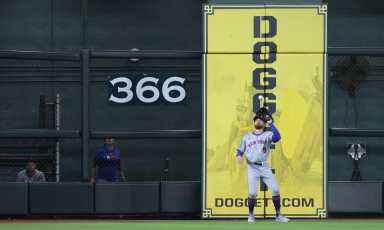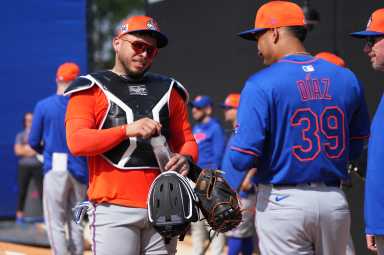Sports
Complete New York sports coverage, including Yankees, Mets, Knicks, Nets, Rangers, Islanders, Giants, Jets, and local college teams. Breaking news, scores, analysis, trades, and schedules from amNY’s sports desk.

Tackle the city, with our help.
Close
News, events, culture and more — delivered to you.
Thank you for subscribing!
Things to do in NYC
Today, 4:30 pm
Tomorrow, 4 pm

Tackle the city, with our help.
Close
News, events, culture and more — delivered to you.
Thank you for subscribing!
Things to Do
 Take a sneak peek at upcoming Macy’s Flower Show at Herald Square store
Take a sneak peek at upcoming Macy’s Flower Show at Herald Square store Capoeira celebration brings three days of Afro-Brazilian culture to Queens
Capoeira celebration brings three days of Afro-Brazilian culture to Queens Solace House to host sunrise walk in LIC on May 17 to honor lives lost to suicide and mental health awareness
Solace House to host sunrise walk in LIC on May 17 to honor lives lost to suicide and mental health awareness Things to do this weekend in NYC, April 25-27
Things to do this weekend in NYC, April 25-27 Things to Do This Weekend in NYC with Kids
Things to Do This Weekend in NYC with Kids
Sports
 New York loyalty on display at Knicks’ watch party outside MSG
New York loyalty on display at Knicks’ watch party outside MSG NYCFC signs Australian midfielder Aiden O’Neill through the 2028 MLS season
NYCFC signs Australian midfielder Aiden O’Neill through the 2028 MLS season New York’s biggest pickleball event returns to Queens next month
New York’s biggest pickleball event returns to Queens next month Jaxson Dart to Giants: Big Blue trades up at 2025 NFL Draft to land Ole Miss QB
Jaxson Dart to Giants: Big Blue trades up at 2025 NFL Draft to land Ole Miss QB Mets option Brett Baty to Triple-A with Jeff McNeil returning
Mets option Brett Baty to Triple-A with Jeff McNeil returning
Crime
 Briarwood cop charged with allegedly sexting undercover officer posing as 14-year-old girl: DA
Briarwood cop charged with allegedly sexting undercover officer posing as 14-year-old girl: DA George Santos gets 87 months in prison for fraud and theft
George Santos gets 87 months in prison for fraud and theft Do you know what happened to Jeffrey Blackman? NYPD seeks tips for 1999 Queens cold case
Do you know what happened to Jeffrey Blackman? NYPD seeks tips for 1999 Queens cold case Gunman who allegedly started Harlem shootout that killed grandmother hides face from media at court
Gunman who allegedly started Harlem shootout that killed grandmother hides face from media at court Midtown attorney indicted on 116 counts of allegedly raping, torturing 6 women inside house of horrors
Midtown attorney indicted on 116 counts of allegedly raping, torturing 6 women inside house of horrors



